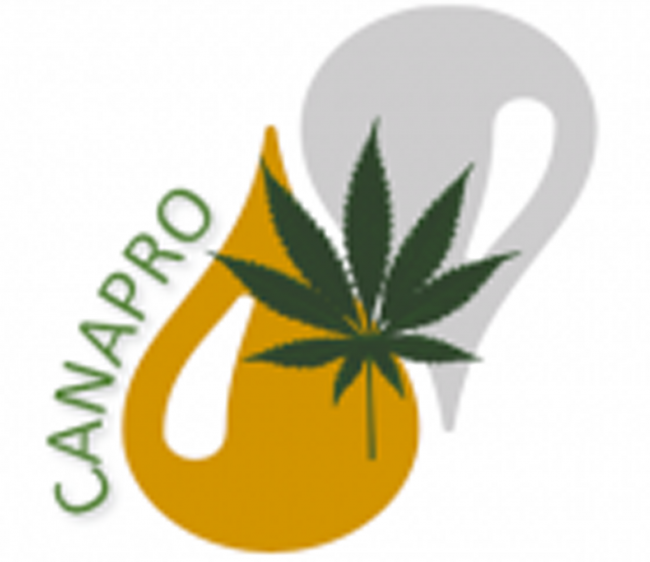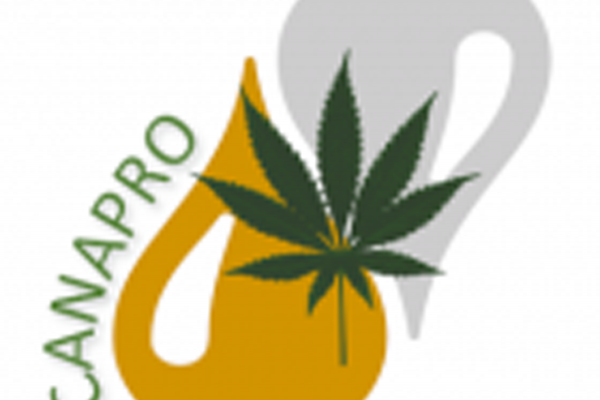Enhancement of the hemp supply chain through product and process innovation.

The objectives of the project are: to identify the most suitable varieties for processing, in order to improve agronomic and environmental sustainability; develop growth models for cultivation both in the open field and in the greenhouse, so that production can be planned all year round; evaluate the yield and quality of extra-seasonal production of greenhouse hemp; identify the varieties with the highest oil yield; compare the quality of the oil of the different varieties of hemp obtained with different squeezing parameters; enhance the by-products in zootechnical applications.
Hemp is a rustic plant with a very extensive root system and has a high renecting power for the control of weeds. The characteristics of this plant allow increasing the environmental sustainability of farms by reducing the use of fertilizers and pesticides. The goal of the GO is to transfer technical-scientific knowledge to the production world, innovating the hemp production chain through a "full-line production" approach, from sowing to the finished product, all year around, through the greenhouse cultivation.
Hemp farming has had considerable industrial relevance in the past, has suffered a very strong setback around the middle of the last century due to the stringent legislation aimed at controlling the cultivation of high cannabinoid content and competition from other textile fibers (jute, cotton and synthetics), has determined the almost total abandonment of this crop. In recent years, following a renewed interest in industrial and food products deriving from hemp farming, the area cultivated with hemp is estimated to gradually increase, reaching 42500 ha in 2017 in Europe. Because of its unique properties, in particular its environmental benefits and the high yield of natural technical fibers, hemp is therefore to be considered a valuable crop for the bioeconomy. The European Industrial Hemp Association (EIHA) has data on the cultivation, processing and uses of hemp, hemp and seed fibers. The data relating to the incidence of canapiculture on agriculture in the Italian territory are still fragmented, although the different sources agree in estimating the recovery of this productive sector in the last ten years. The cultivation of hemp in Italy in 2017 covered a total of 1300 ha compared to about 2400 ha in 2016, with an estimate of about 4000 ha dedicated to hemp farming in 2018 (AssoCanapa, Coldiretti). ISTAT data show lower estimates for the cultivated areas in Italy, assessing in particular that 32 and 43 hectares were cultivated in Lombardy in 2016 and 2017 (ISTAT) respectively.
Selection of the most suitable varieties for the production of hemp seeds by oil extraction. Experimental fields will be carried out to evaluate which are the best varieties in the Lombardy Region. The fields will be carried out at the Morando Bolognini Foundation and farms.
Hemp oil extraction and characterization techniques. The project aims to develop seed squeezing technology through a real-time monitoring system for pressure, temperature and seed flow rate. The optimization of the process parameters will be achieved through the analysis of the extracted oil. The quality of the oil will be analyzed using different chromatographic techniques (GC, HPLC) coupled with mass spectrometry and spectrophotometry. All oil samples will also be analyzed using NIR instruments in order to verify significant correlations with the different analytical parameters.
Greenhouse cultivation and growth models. Greenhouse cultivation aims to improve and extend hemp production even out of season through the use of LED lighting systems. The use of LED lighting devices will speed up the production cycle of hemp during the winter, improve quality and yield. Cultivation will be carried out both under high pressure sodium lamps (HPS) and under LED lighting. Different varieties of hemp will be grown under the two different types of lamps and in an area without lighting to demonstrate the effect of the lighting and the type of lighting. During cultivation, morpho-agronomic and ecophysiological measurements will be carried out in order to develop growth models.
Use of oil extraction panels in animal feed. There are no studies available on the effect of administering residual expeller from the extraction of oil to cows and other ruminants on the quality of the milk produced. Therefore, the project aims to use some varieties of hemp selected on the basis of the best results in terms of growth, to carry out feeding tests in a dairy cow barn. The feed ration of the cows will be supplemented with a portion of residual cake from the extraction of the oil by cold pressing. After a period of initial adaptation to diet with supplementation, the experimentation phase will follow, during which the total quantity of milk produced will be measured and the aliquot taken for subsequent compositional analyzes (proteins, fat, lactose , dry matter, fatty acids). From the tests it is expected to detect a significant increase in the content of long-chain unsaturated fatty acids of high nutritional value of milk fat as a result of supplementation with cake.
| Titolo/Descrizione | Url | Tipologia |
|---|---|---|
|
Sito web del progetto
|
Sito web
|
|
|
Pagina Facebook per divulgare le attivate del progetto.
|
Link ad altri siti che ospitano informazioni del progetto
|
|
|
Twitter per comunicare le azioni del progetto
|
Altro
|
